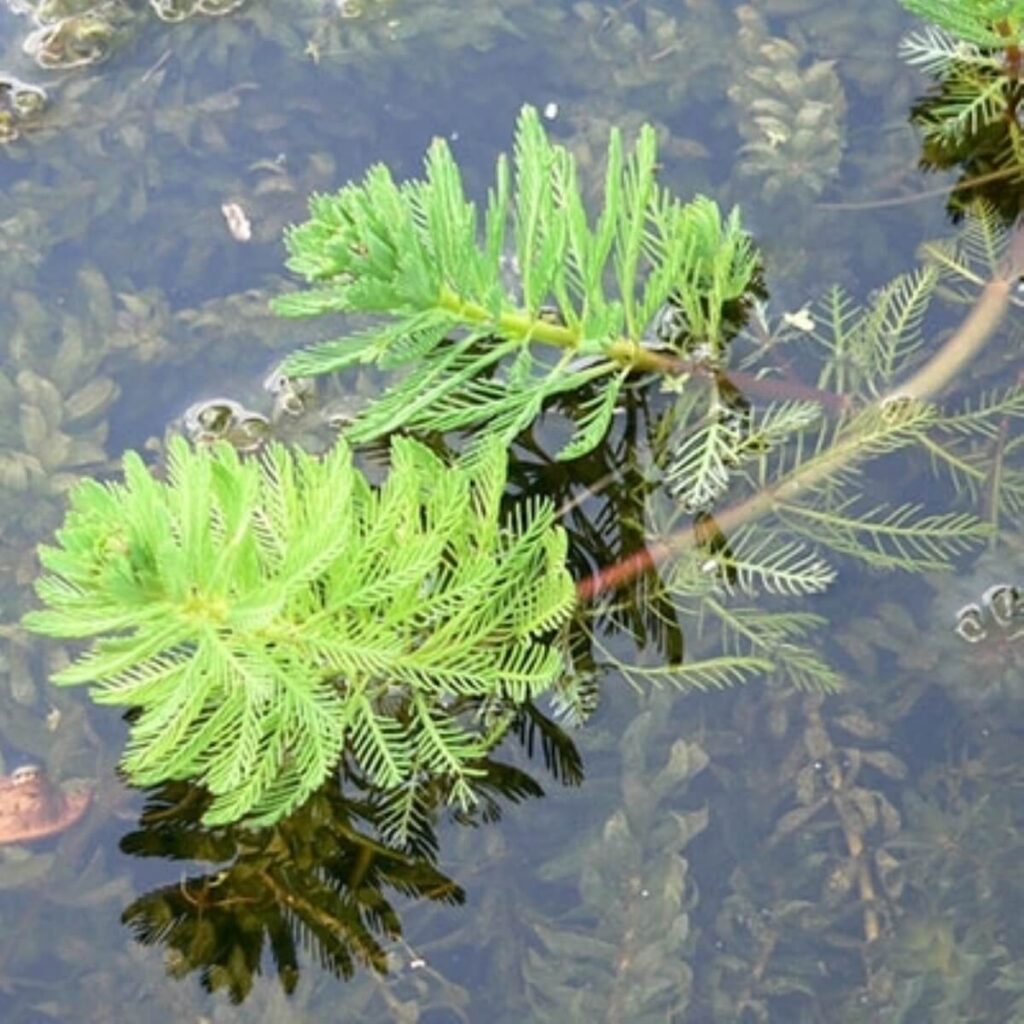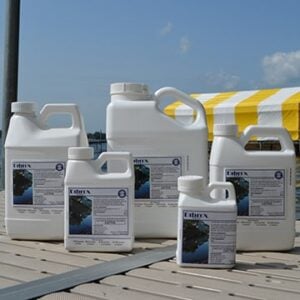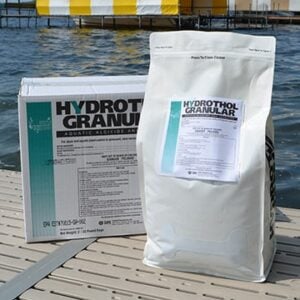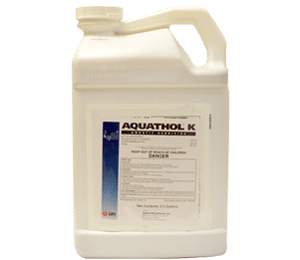
Control Parrot Feather
This special type of watermilfoil is invasive and can quickly outcompete native species. While only female plants exist in the United States, parrot feather roots grow new shoots in the spring or reproduces from fragments. The following options can be considered for how to control parrot feather.
Click here to read more about identifying this plant.
Manual/Mechanical Control:
If you are considering how to remove parrot feather, physically raking this plant and digging up the roots can be a somewhat effective method of control. Because parrot feather can re-grow from any roots or fragments remaining in the water, caution should be taken to remove every single piece of the plant possible.
Herbicide Control:
There are multiple options for how to kill parrot feather that offer great control.
- Dibrox (for ponds or lakes) – liquid that is diluted with water and sprayed over the plants, fast acting.
- Spritflo (for ponds with no outflow) – liquid that is poured and spreads throughout the entire body of water, offers extended control.
- Hydrothol (for lakes) – granules that are broadcast over the plants.
- Liquid 2, 4-D (for ponds or lakes) – liquid that is diluted with water and sprayed over the plants. Most effective on treatment areas larger than a half-acre, this allows longer contact exposure time.
- Navigate 2, 4-D (for lakes) – granules that are broadcast over the plants.
- Aquathol K/Super K (for ponds or lakes) – liquid that is diluted with water and sprayed or granules that are broadcast over the plants.
Treatment Tips:
When treating parrot feather,
- Spritflo can be used at the first signs of growth.
- With other herbicides, treat when the plants are established and actively growing.
- Parrot feather can become resistant to certain herbicides over time, so be sure to use enough product right away to kill it.
Recommended Products
-
Dibrox®
$25.00 – $142.00 -
Spritflo®
$129.99 – $1,899.99 -
Hydrothol® Granular
$134.00 – $259.00 -
2, 4-D Products
$62.00 – $395.00 -
Aquathol® K
$164.00 – $349.00





